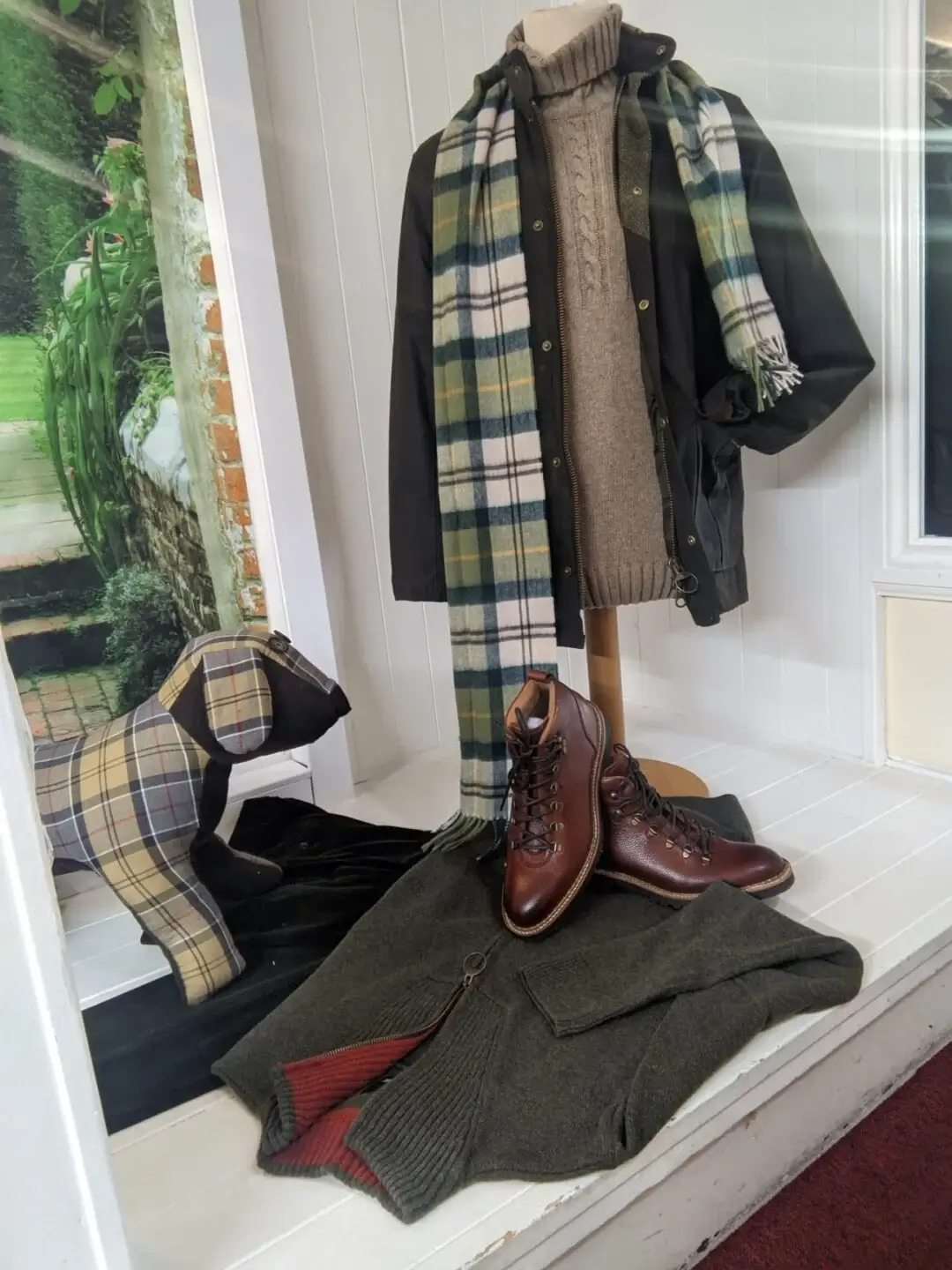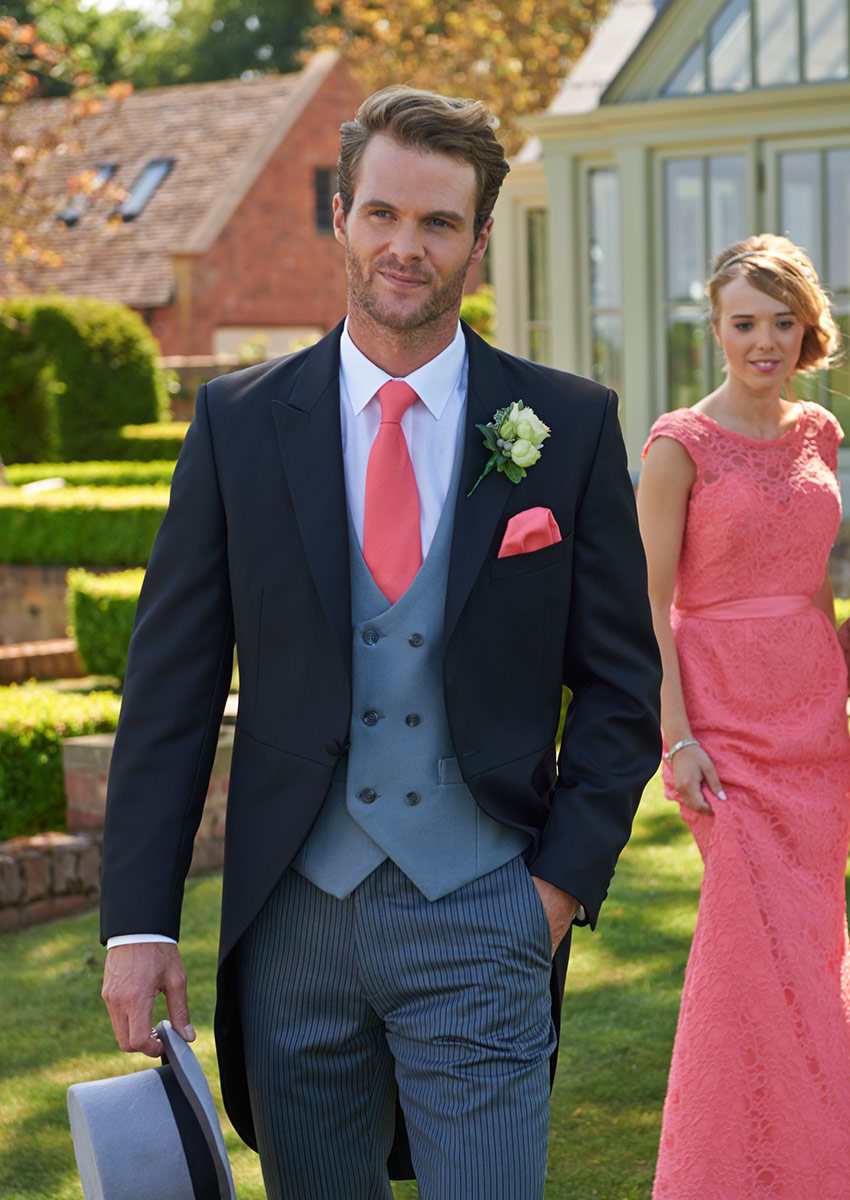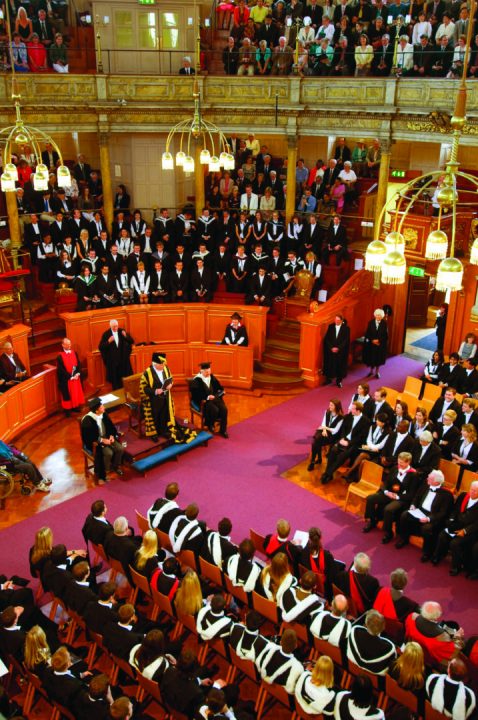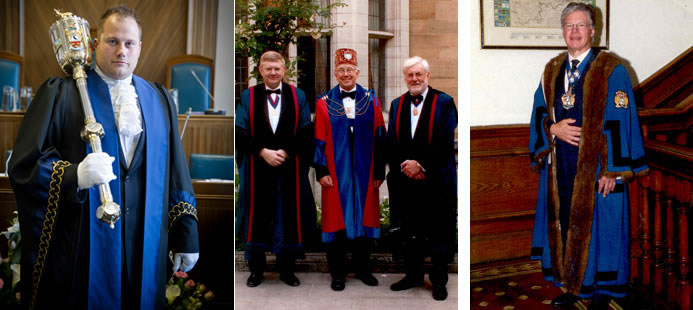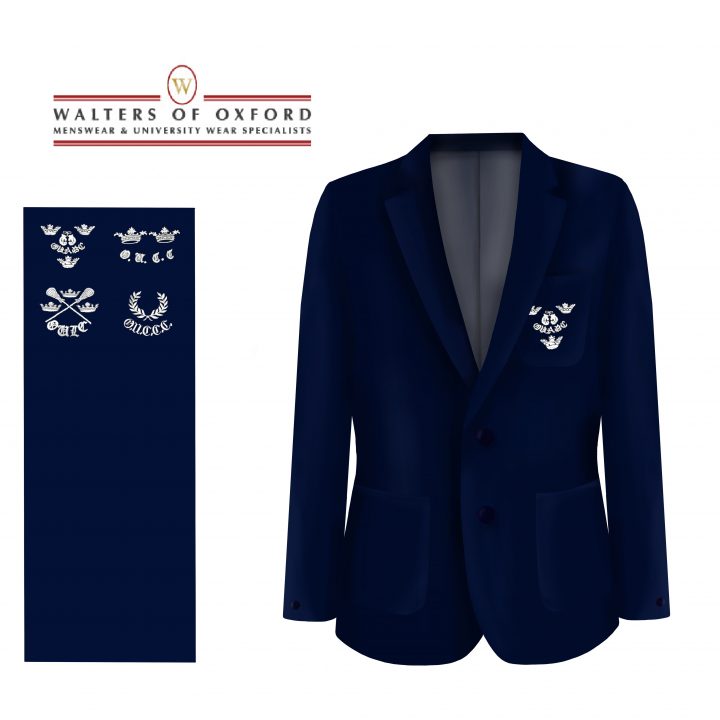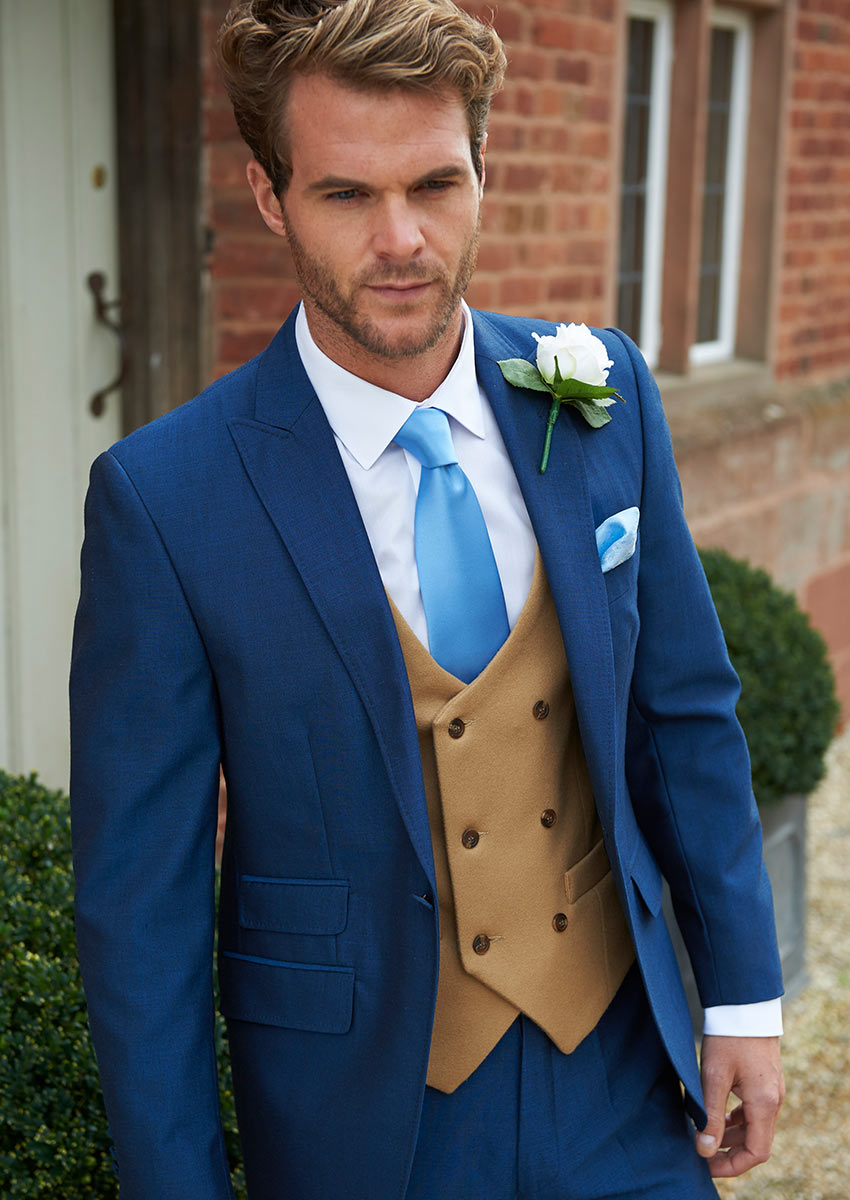In the world of classic style, the waistcoat reigns as a symbol of sophistication and sartorial elegance. At Walters, we recognize the significance of a perfectly fitted waistcoat – a garment that not only enhances your attire but also echoes a rich fashion history.
This guide is crafted to help you navigate the nuances of waistcoat fitting, ensuring that each piece you choose not only reflects your personal style but fits flawlessly, adding an air of distinction to your ensemble.
How Your Waistcoat Should Fit:
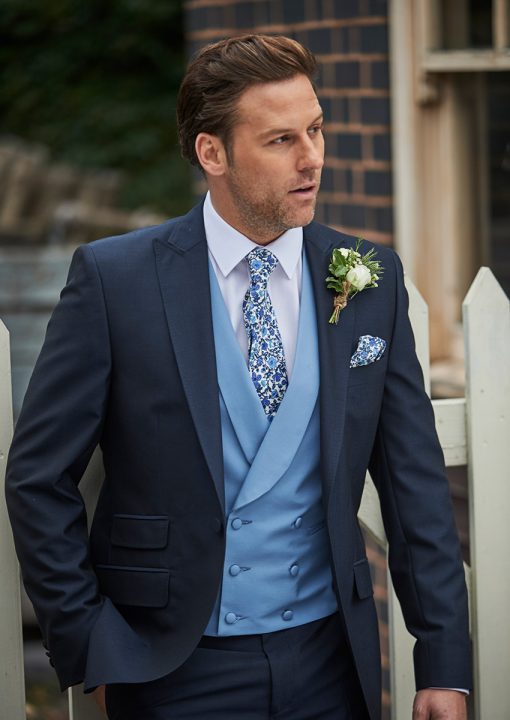 At Walters we are very fastidious about making sure your waistcoat is perfect for you, and here are some helpful hints on how to find the perfect fit.
At Walters we are very fastidious about making sure your waistcoat is perfect for you, and here are some helpful hints on how to find the perfect fit.
- A waistcoat is designed to sit at the waist, just over the waistband of your trousers. There is a strap at the back to tighten across the waist, if needed.
- It should sit close to your chest, but not so close that the buttons pull across your chest, causing opening between the buttons, putting strain on the fabric.
- The shoulders should sit flat across the back with no pulling of fabric nor baggy, creating a ridge in the material.
- Traditionally, a waistcoat should be worn with the bottom button undone, a trend mentioned previously, set by King Edward VII that has remained to this day!
Waistcoats are measured around the chest to ensure the perfect fit, although as the name suggests, it is your waistline that the waistcoat needs to fit correctly. There is a specific means of measuring up for a waistcoat, and listed below is guidance on how to get the right fit for you.
Traditionally, men are a “Drop 6” which means a 6“ difference between chest and waist. For example, if a man measures a 42” chest and a 36” waist, this means a 42” waistcoat should fit ok, however this is not always the case.
You may measure up as a “Drop 4” or lower, so larger on the hips/waist, which would mean it would be best to go a size up on the chest. Alternatively, if you are a “Drop 8” or higher, then possibly going a size smaller than your chest might be best.
If all of this information leaves you feeling a little overwhelmed, or you just want the hassle factor removed and piece of mind, please do come and see us here at Walters and our team of enthusiastic and experienced staff will be on hand to get you measured up for your perfect waistcoat. Perhaps, as you wear your waistcoat for that special day, for a special event, as a fashion statement, or just as an additional garment to keep you warm, you will have a moment to reflect on its rich history, and the stages it has been through since its origin, centuries ago!
To get in touch to discuss a waistcoat perfect for you or to book an appointment, please call and speak to the sales team on 01865 241 848 or you can visit out website and review some of our waistcoat stock for hire.
At the time of the arrival of the waistcoat in English fashion, formal wear for men of esteem would be brightly coloured and elaborate, made from fine silks and lace, with gorgeous buttons and trims, emphasising the individual’s wealth or status. The subsequent introduction of this fabulous garment, which was terminated at the waist, was a new phenomenon in the English gentry.
The waistcoat went through varying stages of design, cut in all sorts of quality cloth, such as silk, wool, linen and cotton, and would be coloured with expensive dyes and decorated with elaborate designs, highlighting the wealth of the wearer.
Below is a table that provides guidance on how each style of waistcoat should fit, ensuring you look your best and feel comfortable on any occasion:
| Waistcoat Style | Fit Description |
|---|---|
| Check Waistcoat | Should sit snugly against the torso with no gaping at the sides. The check pattern should align symmetrically. |
| Tweed Check Waistcoat | Close-fitting but comfortable, with the tweed fabric contouring the body neatly for a traditional, rustic look. |
| Plain Tweed Waistcoat | Designed to follow the body’s shape naturally, ensuring a clean silhouette and no pulling at the buttons. |
| Double Breasted Waistcoat | Should overlap neatly without any bulging. Ensure the shoulders sit flat and the fabric lies smooth across. |
| Melton Double Breasted Waistcoat | Offers a tailored fit; the heavier fabric should contour smoothly and sit flat along the chest and waist. |
| Mulberry Check Waistcoat | Symmetry in the check pattern is key. Should fit snugly through the torso while allowing ease of movement. |
| Boscobel Dinner Suit Waistcoat | Designed for formal wear, this should fit closely under a dinner jacket with no excess fabric around the waist. |
| Prince Of Wales Waistcoat | A classic style that should follow the body’s contours, ensuring the check pattern remains evenly displayed. |
| Plain Single-Breasted Waistcoat | Neat and streamlined; buttons should fasten comfortably without any strain, creating a polished look. |
| Balmoral Waistcoat Collection | Designed for elegant occasions, this should sit close to the body with smooth fabric and no puckering. |
| Buckingham Waistcoat Collection | A tailored fit, ensuring clean lines and a secure, snug feel without being restrictive. |
| Brad Waistcoat Collection | Should follow the shape of the torso naturally, offering a contemporary but comfortable fit. |
| Fiori Waistcoat Collection | A slightly modern cut, designed to sit close to the body for a sharp, sophisticated finish. |
| Huntingdon Waistcoat Collection | Traditional and close-fitting, offering a refined silhouette with no excess bulk. |
| Italy Waistcoat Collection | A sleek, tailored design ensuring the waistcoat hugs the body comfortably with smooth lines. |
| Kensington Waistcoat Collection | Versatile and modern, designed to provide a slim fit that remains comfortable throughout wear. |
| Mayfair Waistcoat Collection | Tailored to sit snugly while maintaining a timeless, sophisticated appearance. |
| Mexico Waistcoat Collection | A slim, contemporary fit that contours the body cleanly without any pulling or creasing. |
| Regency Waistcoat Collection | A traditional cut designed to sit close to the body while allowing easy movement. |
| Repton Waistcoat | A clean and tailored fit, ensuring a seamless look when paired with formal or semi-formal attire. |
| Sandringham Waistcoat Collection | Elegant and close-fitting, designed for formal occasions with a smooth, comfortable finish. |
| Satin Waistcoat Collection | Should fit snugly without excessive tightness, with the satin fabric lying flat and smooth. |
| Town Waistcoat Collection | A versatile design offering a streamlined fit that works well for both formal and casual occasions. |
| Tudor Waistcoat Collection | Traditional yet tailored, fitting closely to the body while maintaining comfort. |
| Wessex Waistcoat Collection | Designed for a classic fit, ensuring smooth lines and a snug feel without restricting movement. |
| Windsor Waistcoat Collection | A timeless style with a tailored fit that sits flat across the torso and contours naturally. |
The Waistcoat’s Evolution Through The Centuries
The advent of the waistcoat dates back to the reign of King Charles II in 1666, who introduced this fashionable item of clothing as part of the Englishman’s correct dress, during the Restoration of the British monarchy. It caused such a stir, that it was even recorded by the famous diarist, Samuel Pepys; “the King hath yesterday in council declared his resolution of setting a fashion for clothes which he will never alter. It will be a vest, I know not well how”.
By the late 17th century, the waistcoat was worn in addition to gentleman’s frock or morning coat, and then as the 18th century approached, a gentleman was considered “undressed” if he was not wearing a waistcoat. It was during this time that the waistcoat was the most elaborate part of the gentleman’s outfit, and would often be extravagantly embroidered, printed, tasselled, quilted or brocaded, and would be worn to the upper thigh with an opening V beneath the stomach.
The Waistcoat In The Modern Era
In the early 19th century, when the fashion obsessed in enhancing a ladies figure through the use of the corset, the waistcoat became less about an elaborate eye-catching garment, and more about enhancing a gentleman’s figure, in a similar manner, creating the famous ‘nipped in waist’ effect for gentlemen. Prince Albert had a penchant for the tiny corsets and tiny waists, and men across the country would follow his lead, until, in the mid 1800’s, it was relaxed into a less restrictive garment. During the reign of King Edward VII, it was deemed that the correct way to wear a waistcoat, was to have the bottom button undone, thus allowing for his ballooning waistline, but was also suggested that it meant that the waistcoat would not ride up, whilst a gentleman was on horseback. A pocket on the front of the waistcoat was designed to contain a pocket watch on a chain, denoting a distinguished gentleman, before the advent of wristwatches.
Waistcoats gradually became more of a practical item of clothing; an extra layer to keep its occupant warm, than the previous eye-catching fashion statement. During the second World War when cloth had to be rationed, people adopted the more practical and affordable approach to clothing, wearing homemade jumpers and cardigans made with wool for warmth, and the waistcoat became more redundant.
During the 1970s, the waistcoat came back into fashion and was popularly worn by businessmen under their suits. Nowadays a waistcoat is worn in many instances. It can be worn as part of formal attire to a wedding, or event, or as an extra layer to keep its wearer warm!


